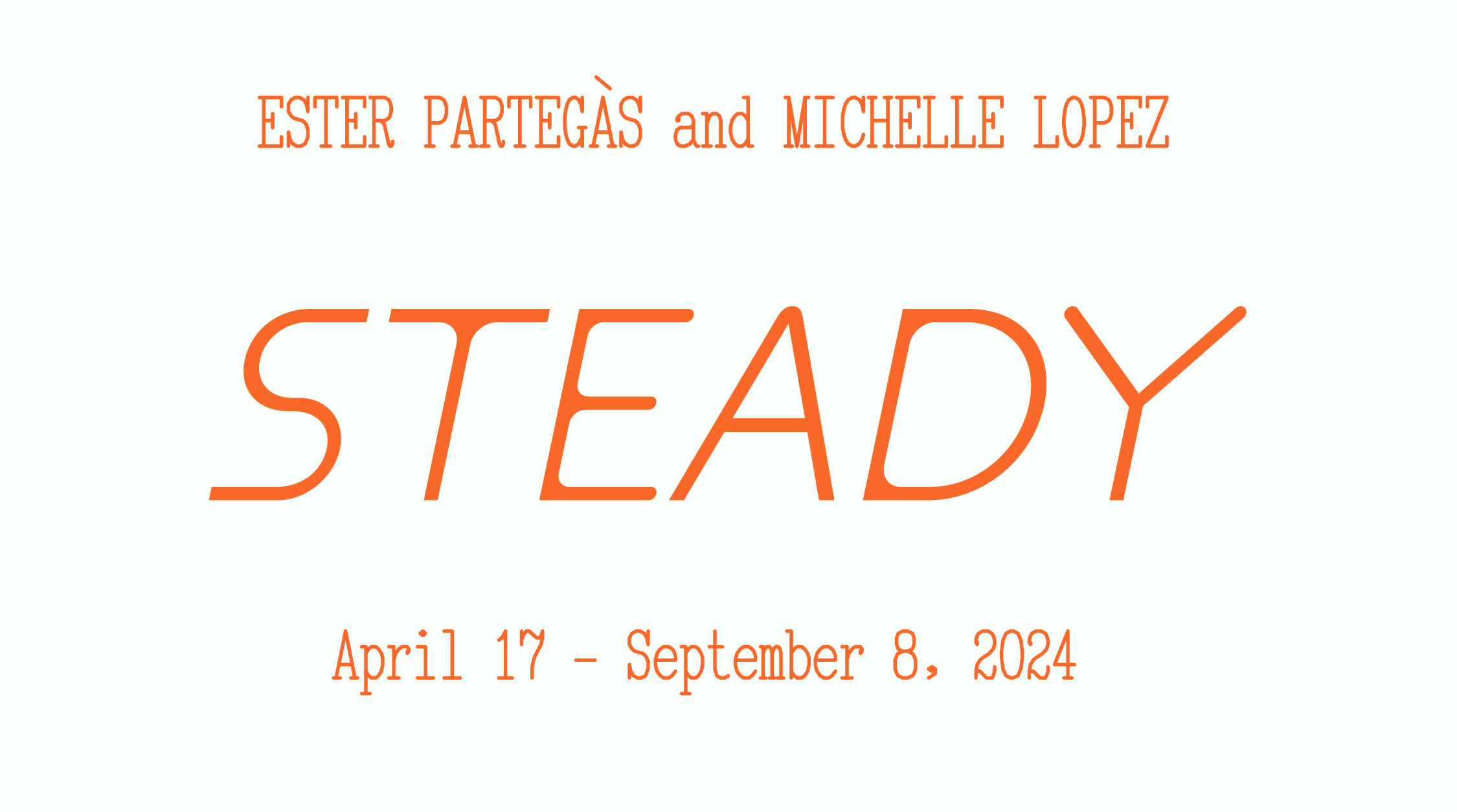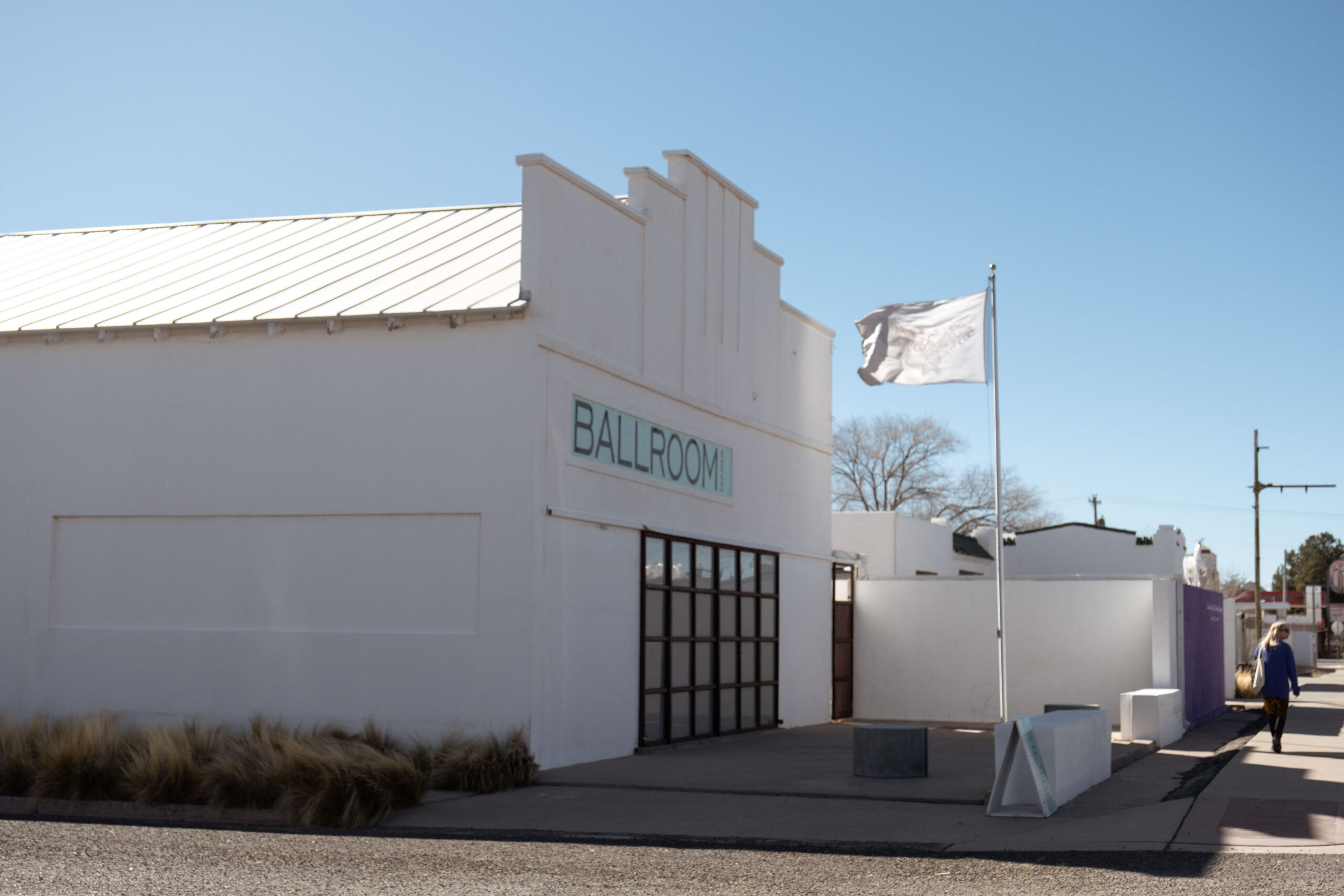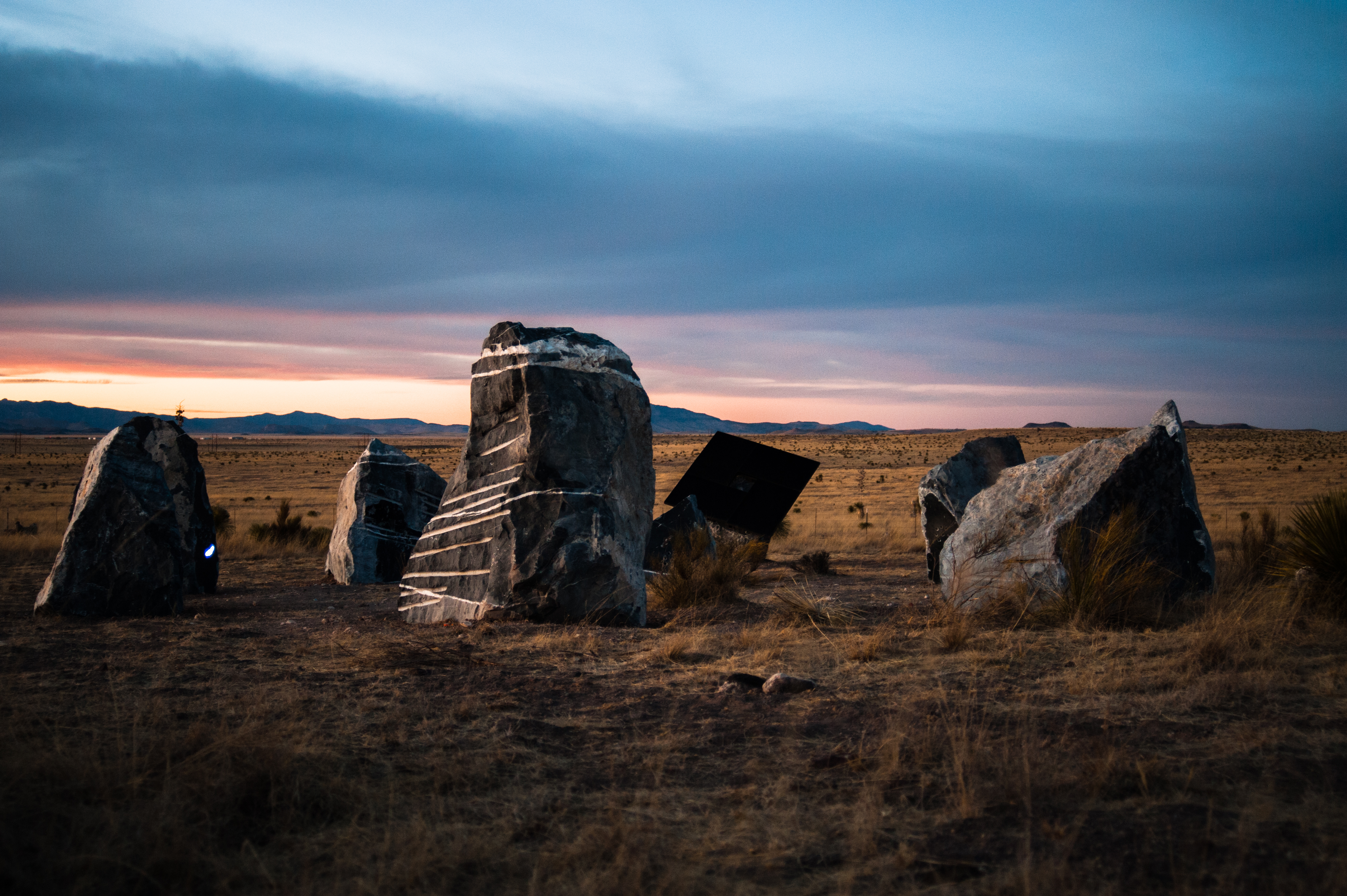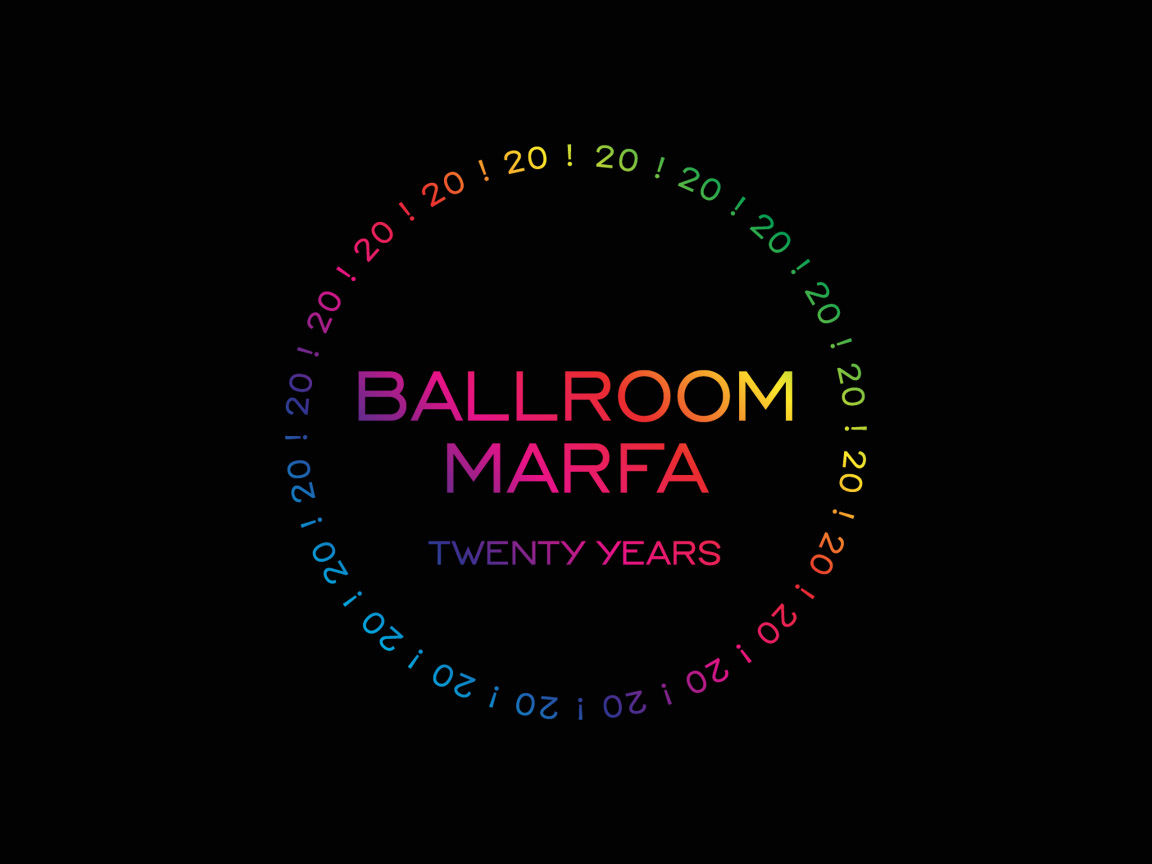New Rebecca Solnit: Too Soon to Tell
22 May 2013
For the 10th anniversary of her “arrival” at the Tom Dispatch online journal, Rebecca Solnit contributes “Too Soon To Tell: The Case for Hope, Continued“, a deeply inspirational essay. An excerpt …
“If you take the long view, you’ll see how startlingly, how unexpectedly but regularly things change. Not by magic, but by the incremental effect of countless acts of courage, love, and commitment, the small drops that wear away stones and carve new landscapes, and sometimes by torrents of popular will that change the world suddenly. To say that is not to say that it will all come out fine in the end regardless. I’m just telling you that everything is in motion, and sometimes we are ourselves that movement.”
It’s a moving piece of writing from a thinker with such a wide range of influence that she’s credited as one of the leading lights of the anti-war movement, contributed profound essays to photographic catalogs by Richard Misrach and James Evans, and is cited as possible inspiration for the christening of Beyoncé and Jay-Z’s daughter. She’s also the author of such modern-day classics as A Field Guide to Getting Lost, A Paradise Built in Hell and Infinite City: A San Francisco Atlas.
Solnit was a participant in the 2012 edition of Marfa Dialogues: You can listen to an interview with her while she was visiting us out here in the Big Bend at Marfa Public Radio. Her new book, The Faraway Nearby, comes out on June 13.






